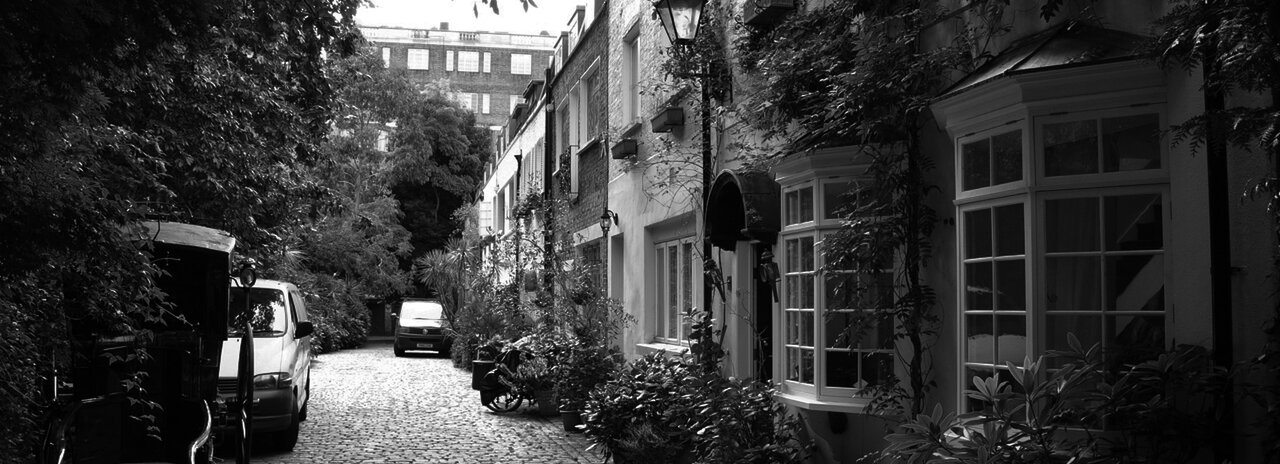Profits arising from land or property are treated as arising from a property business. For tax purposes, profits from land and property in the UK are kept separate from those arising from land and property overseas. Thus, a person who has, for example, rental property both in the UK and abroad will have two property businesses – a UK property business and an overseas property business.
UK property business
A person’s UK property business consists of every business which that person carries on for generating income from land in the UK and every transaction which that person enters into which produces rents or other receipts from that land or property.
Landlords often use an agent to manage their let. However, a person will still carry on a property business where that business is handled by an agent – they carry on the business through the agent.
Where a person owns more than one property in the same legal capacity, the income from all land and property owned by that person in that capacity in the UK is treated as part of the same property business and the income and expenses are amalgamated to work out the profit or loss for the property business as a whole.
For 2024/25 and earlier tax years, separate rules applied to furnished holiday lettings (FHLs) and UK FHLs represented a separate stream within a UK property business – they were not a separate property business. However, profits from FHLs were calculated separately from other property profits, and losses from one stream could not be set against profits from the other. With the abolition of the FHL regime from 6 April 2025, for 2025/26 and later tax years, the income and expenses from furnished holiday lets are amalgamated with income and expenses from other lets to work out the profit or loss for the property business.
Property can be owned in different legal capacities. Income from UK land and property forms part of the same property business where activities are carried on by the same person acting in the same legal capacity. Where a person owns properties in different legal capacities they will have different property businesses.
Example
John owns two buy-to-let properties in the UK and also a furnished holiday let in the UK. He is a member of a partnership which owns a commercial property that it rents out.
The buy-to-lets and furnished holiday let owned by John personally form a UK property business. The income and expenses from each property are amalgamated to calculate the profits of that property business. For 2024/25, the profit or loss for the FHL had to be determined separately.
The property let by the partnership forms a separate property business.
Overseas property business
Income from overseas land and property forms part of a separate overseas property business. The profits or losses from an overseas property business are not combined with those from a UK property business. Losses from an overseas property business cannot be set against profits from a UK property business and vice versa.
For 2024/25 and earlier tax years, profits from furnished holiday lettings outside the UK but in the EEA were calculated separately. However, profits from overseas holiday lets outside the EEA were amalgamated with the income and expenses from other overseas properties (excluding EEA FHLs). For 2025/26 and later tax years, the income and expenses for all overseas properties owned in the same legal capacity are amalgamated to work out the profit or loss for the overseas property business.
Example
Anne owns four residential properties in the UK and a commercial property which she lets out and also two properties on the UK coast which she lets out. She also has a flat in Paris which is let on a long-term let and an apartment in Miami which is let as a holiday let.
Anne has two property businesses –- a UK property business comprising the UK residential and commercial lets and the UK holiday lets and an overseas property business comprising the Paris flat and the Miami apartment.

